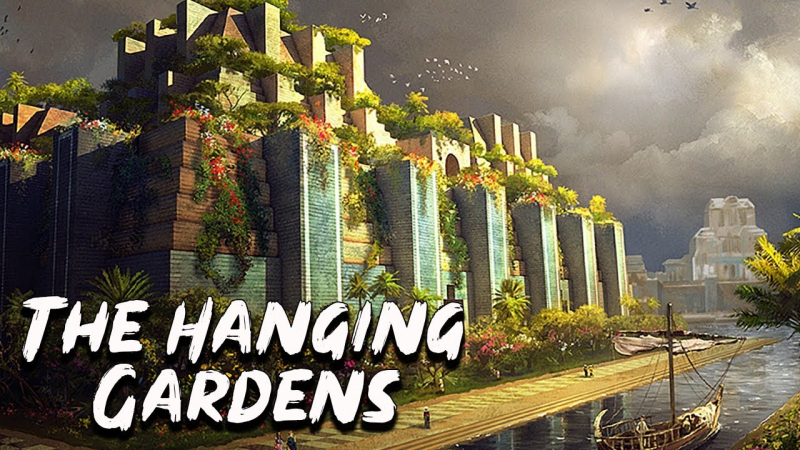The Hanging Gardens of Babylon were Built by King Nebuchadnezzar
The storied Hanging Gardens of Babylon are well known to most people. One of the seven wonders of the ancient world, this spectacular city in the desert had walls and gorgeous gardens all throughout. A sophisticated irrigation system that might have even competed with the best ever employed today managed to preserve this wonderful oasis. However, some people have started tossing shade at the gardens' beauty in recent years by asserting that there's a good chance the entire affair never happened and was simply made up as a fantastical tale by writers at the time.
The explanation is that while being one of the earliest civilizations to keep records, Babylon did not do so for its extensive network of hanging gardens. Furthermore, there is no proof in any historical documents from the time that Babylon had anything like that. However, it appears that they may have been looking in the wrong spot the entire time. People have begun to suspect that there have never been any Hanging Gardens.
The rumored hanging gardens were actually constructed by the Assyrians in the neighboring city of Nineveh, during the reign of King Sennacherib, according to Dr. Dalley of the University of Oxford, who conducted years of research on the subject. She not only unearthed proof that the Assyrians had indeed constructed the Hanging Gardens, but she also located the confusion's origin.
Later, the Assyrians led by Sennacherib stormed and conquered Babylon, renaming a large portion of their own city, Nineveh, to reflect the names of the Babylonian Gods. As a result, Nineveh gained a reputation as a second Babylon, according to Dalley, which is why people were misled into thinking the hanging gardens originated in Babylon.












